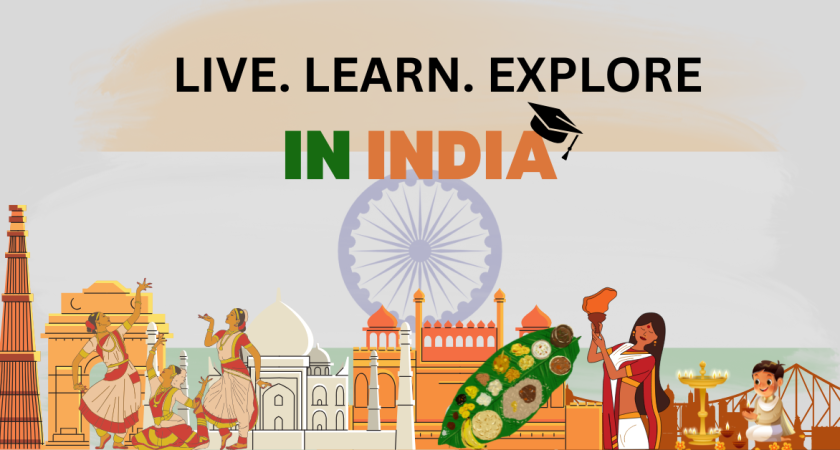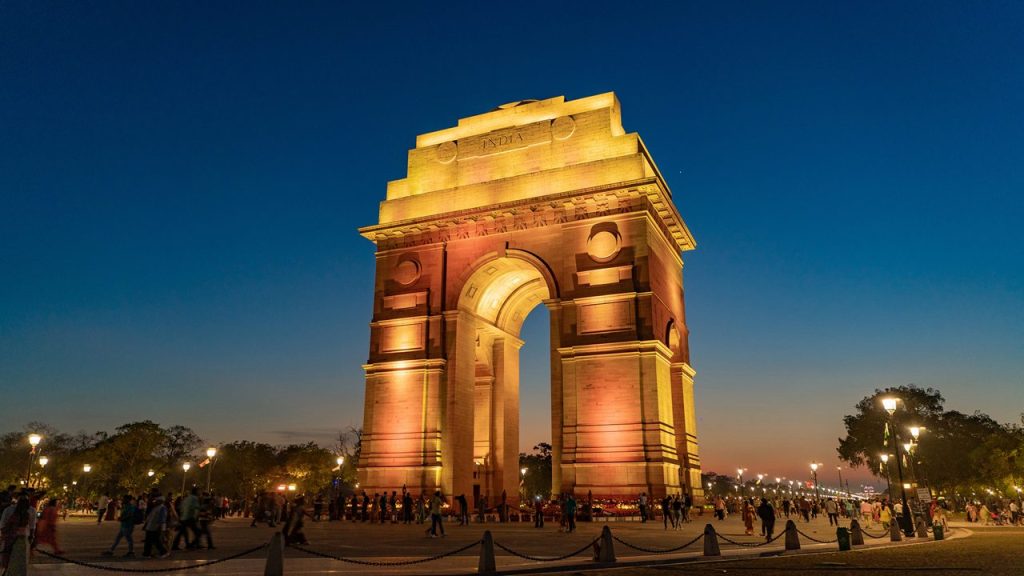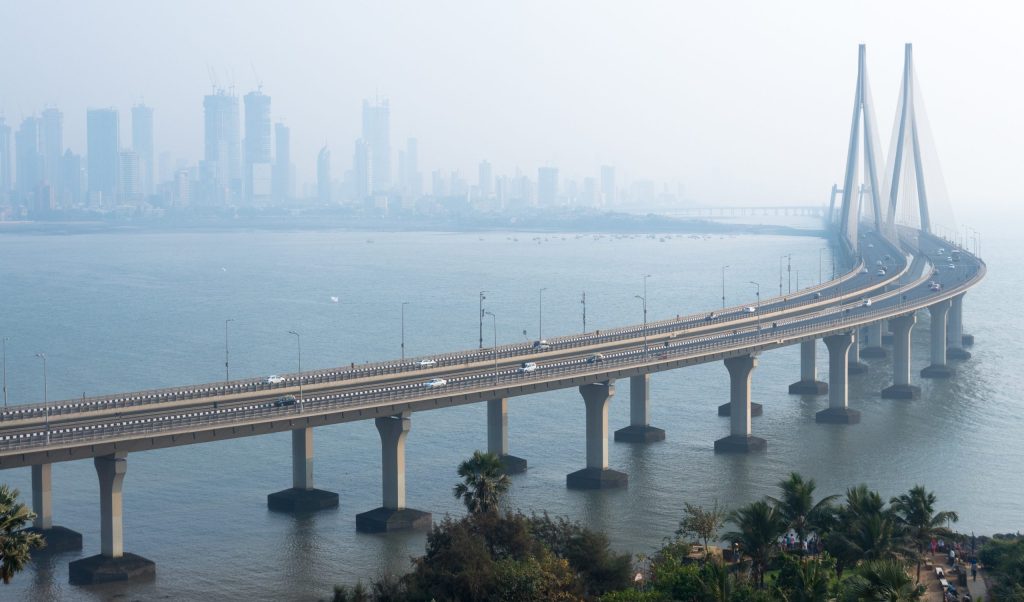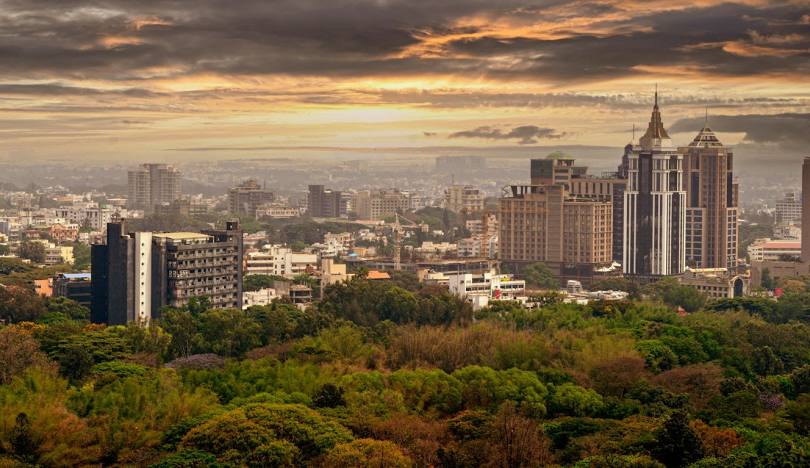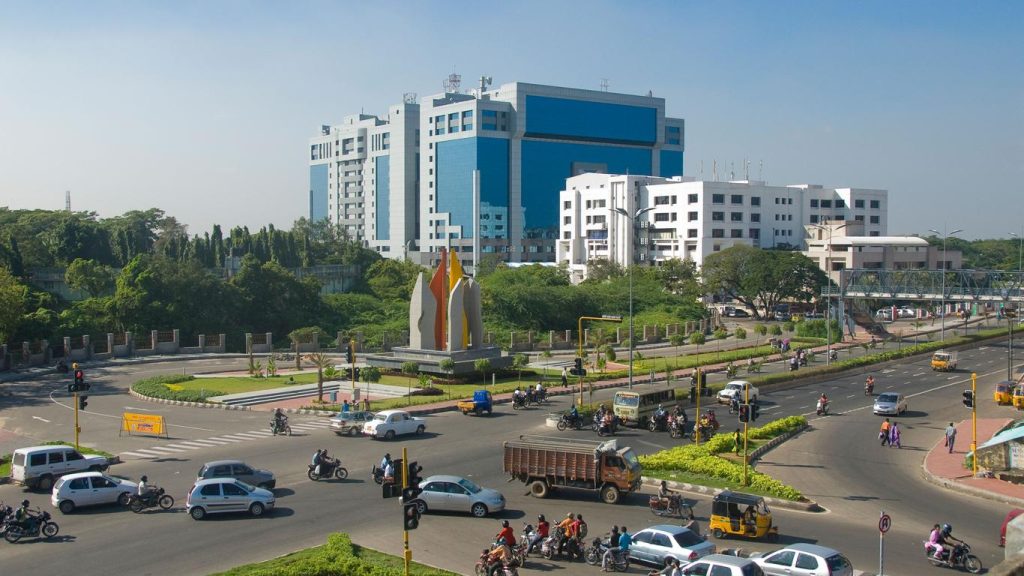West Bengal is not somewhere to visit—it is somewhere to live. Renowned for intellectual traditions, cultural prosperity, and value for money, the state is slowly becoming a favourite among students from across South Asia and even the world. Ranging from cosmopolitan cities that feel like New York to serene college towns, West Bengal offers a blend of high-class education and well-established heritage.
Foreign students are discovering what makes this region stand out: English-language education in many programs, friendly academic culture, and student-friendly cost of living.
The Educational Landscape of West Bengal
West Bengal has long been a torchbearer of education in India, with a system that balances tradition and modernity. The state houses a wide range of institutions:
Government Universities, such as the ancient University of Calcutta andsity, offer a diverse range of courses with excellent research qualifications.
Autonomous Institutions such as Presidency University and St. Xavier’s College have made a name for academic distinction.
Some of India’s best engineering and healthcare colleges, teaching degrees in conformity with international standards.
Visva-Bharati University, established by Nobel laureate Rabindranath Tagore, continues to be a cultural and academic landmark, fostering cross-border intellectual interaction.
Academic courses range from Engineering, Medicine, Arts, Commerce, Business, Information Technology, and the Humanities, with institutions enjoying solid placement performance and international affiliations.
Studying in the City of Heritage: Kolkata and Beyond
Kolkata, frequently referred to as the “Cultural Capital of India,” is not just a city—it’s an education hub. Colonial architecture walks alongside contemporary campuses, as literature, philosophy, and performing arts run through the city’s educational hub.
Students are endowed with:
Comprehensive public transport, accessible libraries, and cultural institutions such as Rabindra Sadan and Nandan.
Cost-effective living, bustling markets, and a strong tradition of academic discussion and expression.
While Kolkata captures the spotlight, other towns provide serene and nurturing settings:
Durgapur – An industrial town with major technical institutes.
Siliguri – A gateway city to the Northeast with expanding educational infrastructure.
Santiniketan – A peaceful, artistic town that accommodates Visva-Bharati University.
English-medium courses are provided in most colleges, making it easily accessible to international students regardless of their mother tongue.
Cost of Living and Affordability
One of West Bengal’s biggest attractions is its affordability, particularly when compared to other Indian states or Western destination countries.
Tuition Fees
Public universities: ₹10,000–₹30,000/year (approx. $120–$350)
Private colleges: ₹50,000–₹150,000/year (approx. $600–$1,800)
Monthly Living Expenses
Shared accommodation/P.G./hostel: ₹3,000–₹8,000
Food & essentials: ₹2,500–₹5,000
Transport & leisure: ₹1,000–₹2,000
West Bengal Compared to Other Indian Student Cities
Whereas Delhi, Mumbai, and Bangalore lure thousands of students annually, West Bengal—especially Kolkata—provides a similar learning experience at a fraction of the cost. Here’s a concise comparison to inform you of the different costs:
Cost of Living and Education – Kolkata vs. Other Major Cities
| City | Average Monthly Rent (PG/Hostel) | Average Tuition Fees (Public) | Transport Cost (Monthly) |
| Kolkata (WB) | ₹4,000–₹8,000 | ₹10,000–₹30,000/year | ₹800–₹1,000 |
| Delhi | ₹6,000–₹12,000 | ₹15,000–₹40,000/year | ₹1,200–₹1,500 |
| Mumbai | ₹8,000–₹18,000 | ₹20,000–₹60,000/year | ₹1,000–₹1,500 |
| Bangalore | ₹7,000–₹14,000 | ₹25,000–₹60,000/year | ₹1,200–₹1,800 |
| Chennai | ₹5,000–₹10,000 | ₹10,000–₹35,000/year | ₹1,000–₹1,300 |
Note: Charges are institution- and program-based. Public varsities cost less compared to private varsities
Tips for budgeting:
Opt for in-campus hostels if they are provided.
Share meals or use community kitchens.Buy a monthly bus or metro pass for low-cost transportation.
Compared to some other states such as Maharashtra or Karnataka, and even compared to foreign studies, students can save a lot of money while receiving a good education in Bengal.
Application Process & Visa Guidelines
Admissions Timeline:
Applications usually open in March to July.
Some courses may involve entrance tests such as CUET or institution-specific tests.
The following documents are commonly required:
Academic transcripts
Passport copy
Statement of Purpose
Letters of Recommendation
Proof of English proficiency (where necessary)
Ready to Take Your Dreams Abroad?
Let the top Study Abroad Consultants in Kolkata guide your journey from West Bengal to the world.
Visa Process for International Students:
Apply for an Indian Student Visa (subclass S) through the Indian embassy/consulate in your own country.
Some countries bordering India have streamlined diplomatic procedures with India, making documentation and verification easier.
Pro Tip: Contact the international office of your intended university. Several have special student liaisons to assist with admissions and visa information.
Campus Life and Cultural Diversity
Campus life in West Bengal is active and diverse. Students tend to be part of:
Cultural Clubs – music, drama, debates, photography
Language Societies – Bengali, Hindi, English, and foreign language clubs
International Student Cells – offer mentorship, counselling, and peer advice
Festivals in West Bengal are a part of the living curriculum. Students can expect to participate in:
Durga Puja – A week-long festival of art, colour, music, and food.
Rabindra Jayanti – Celebrating Tagore’s legacy through song, poetry, and dance.
Saraswati Puja – A student favorite, invoking the goddess of learning.
Students from bordering regions often express how natural the cultural transition feels—shared cuisines, familiar customs, and a warm, welcoming community help them settle in quickly.
Why Students from Certain Regions Feel at Home Here
For students from neighboring regions, West Bengal offers not only academic opportunity but also emotional ease.
Linguistic and Cultural Proximity: Many students understand or speak Bengali or Hindi, making social integration smoother.
Affordable Cross-Border Transport: Trains, buses, and flights connect bordering countries directly to Kolkata and Siliguri.
Familial and Historical Ties: Many students choose Bengal because their relatives studied here or their communities share cultural roots.
Several universities in Bengal have academic MoUs with institutions in nearby countries, making credit transfers and bilateral academic exchange easier.
Challenges & Tips for First-Timers
Every transition brings challenges, but most are manageable with the right mindset and support.
Common Challenges:
Language barrier (though minimal in metros and campuses)
Adjusting to Indian food (especially spices)
Weather (humid summers, mild winters)
Tips:
Join cultural or language clubs to make friends quickly.
Use student helplines or orientation mentors for questions.
Compare PGs vs. hostels for cost and comfort before choosing accommodation.
Reach out to alumni networks or senior students from your region for advice.
Testimonials or Short Quotes
West Bengal as a Launchpad
In West Bengal, education is more than just academics—it’s a journey of discovery. From the vibrant streets of Kolkata to the tranquil corners of Santiniketan, the state offers every student an opportunity to learn, grow, and belong.
Its affordability, academic strength, and cultural inclusiveness make it a powerful option for international learners. Whether you dream of engineering labs, art studios, or literary debates, West Bengal offers you a place to begin.
Your journey could start here.
Written By Manjul Kathotia

